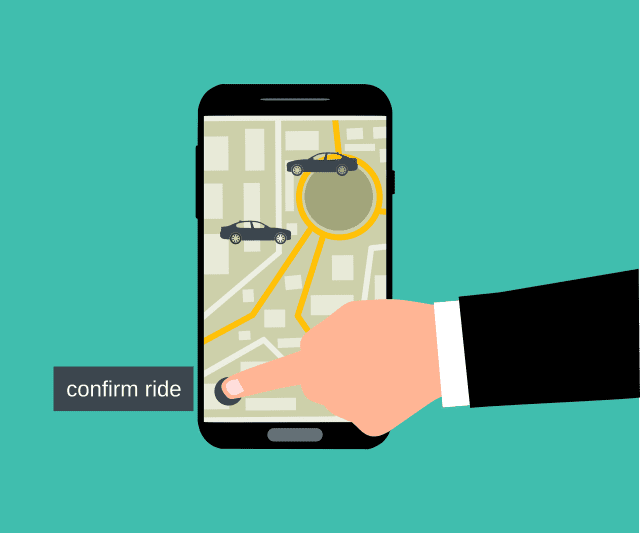As technology and innovation continue to drive the taxi industry forward, drivers and fleet owners need to make sure they have the right taxi insurance in place for the work they do.
The traditional industry model was black cabs or Hackney carriages, which required public hire insurance, and private hire vehicles or minicabs, which needed private hire insurance.
But the emergence of ride-sharing companies such as Uber and Bolt changed the face of the taxi industry – forcing established operators to catch up.
Their emergence also meant taxi insurers had to look closely at the model and determine how ride sharing would affect levels of cover as well as taxi insurance premiums.
Now the model has been well established worldwide and issues concerning the employment status of drivers have been addressed in the UK, the distinction for taxi insurers is simple – ride-hailing operators are private hire vehicles that require private hire insurance and must be booked in advance to be covered.
The changes effectively allow ride-hailing drivers to operate anywhere they choose. For example, they might be based in Chester, but take a fare to Manchester Airport and spend the rest of a night shift operating in and around the city centre. This is more convenient for them and means there are extra taxis to help meet demand.
But while this might add to taxi capacity, it means there are drivers operating in busy and unfamiliar territory which might increase the risk of an accident that leads to a claim on their taxi insurance.
And it is worth remembering that Chester would be classed as lower risk when insurers calculate taxi insurance premiums, while Manchester would be considered high risk, especially if working in the city centre at night or at weekends.
As with any insurance, the higher the risk, the more likely there is to be a claim and if there is a pattern of incidents in higher-risk areas, a driver’s taxi insurance premiums will increase to reflect this.
When Uber first launched in the UK in 2012, its operated as a booking agent for independent drivers, arguing that the contract for a fare was between the driver and the passenger, enabling it to offer cheaper fares. The High Court ruled that the model was unlawful and that Uber and other ride-hailing companies had contractual obligations to the passengers and drivers should be treated as employees rather than contractors.
The biggest impact ride-hailing companies have had on the taxi industry is the introduction of booking and payment apps for both private hire and public hire cabs. The technology allows passengers to know who their driver will be, how much the fare will cost in advance and be able to pay without having to find the right cash or having to stop at an ATM during the journey.
They can also continue to enjoy the familiarity of having the same driver for regular journeys.
While ride-sharing is a relatively new feature to the taxi industry, it has challenged the traditional business model, which has been able to include some of the benefits to customers.
And as technology continues to develop, it will bring more conveniences to both riders and drivers.




